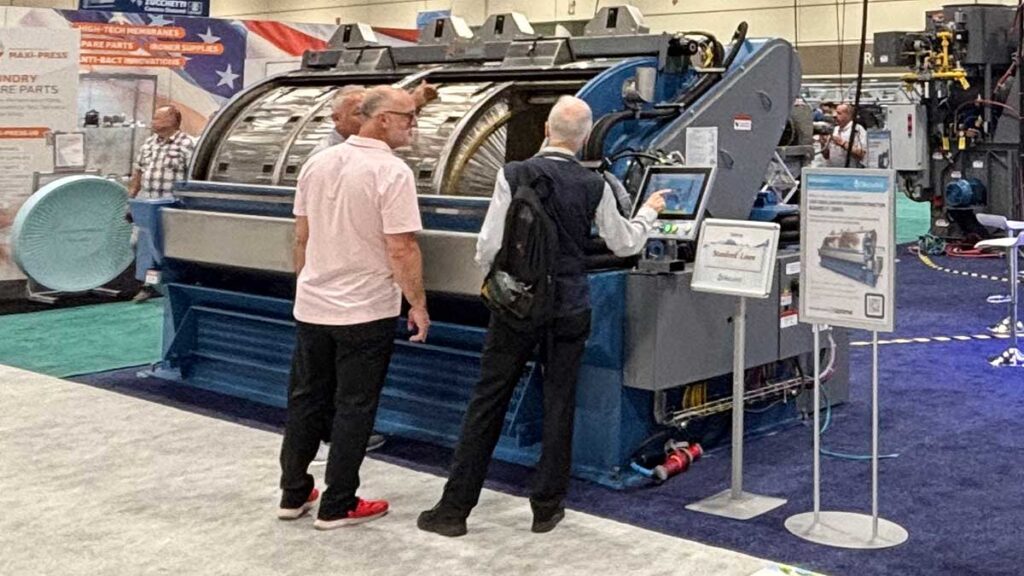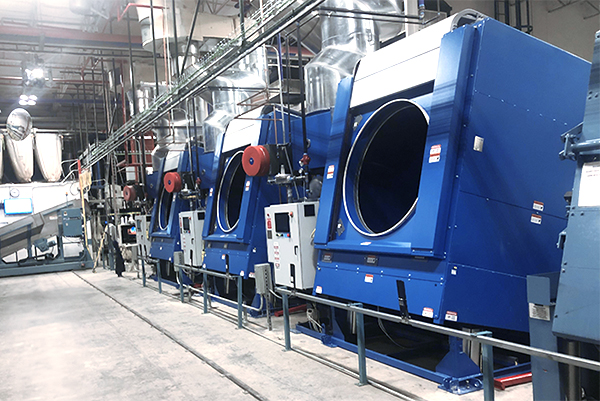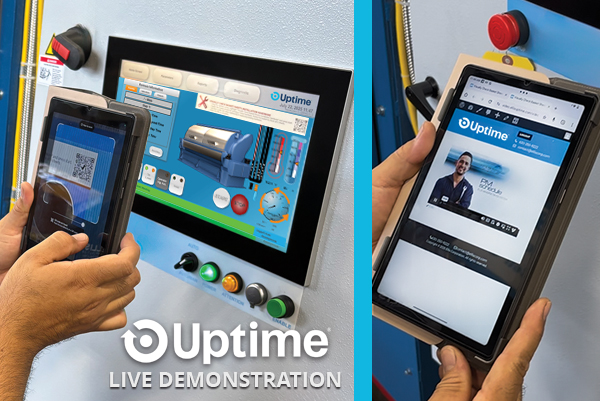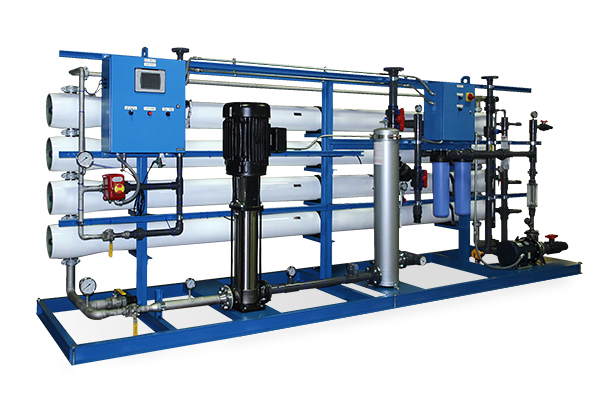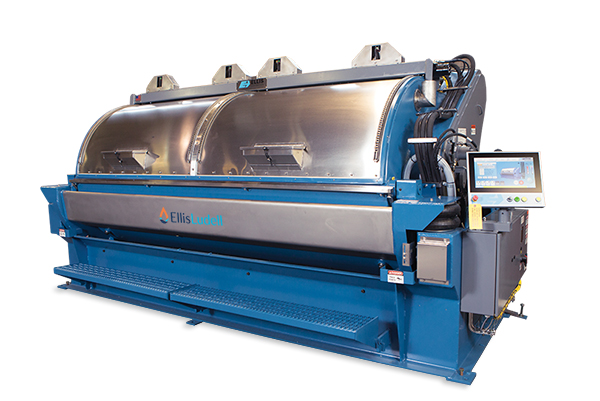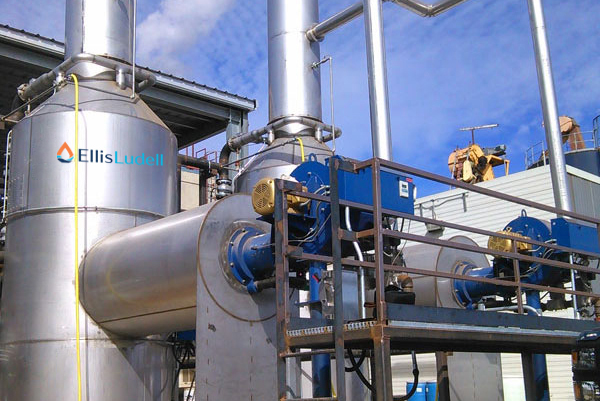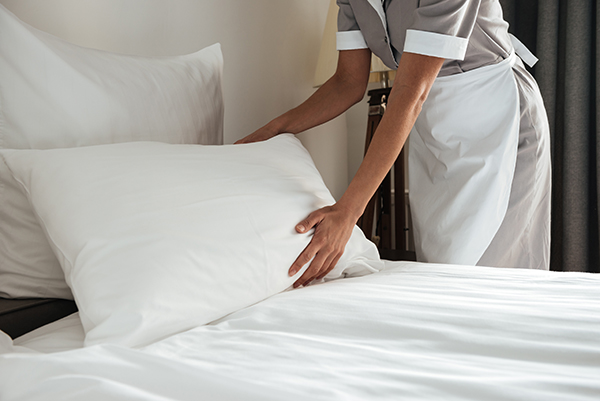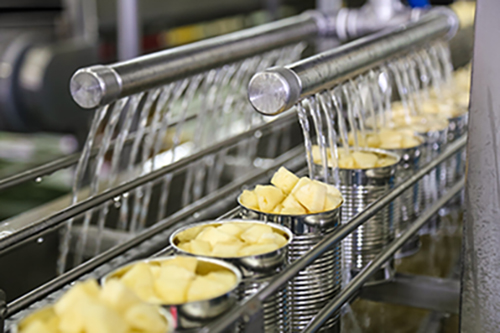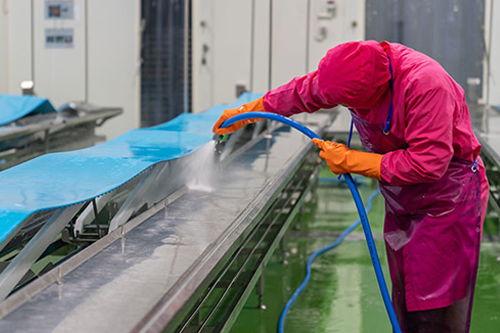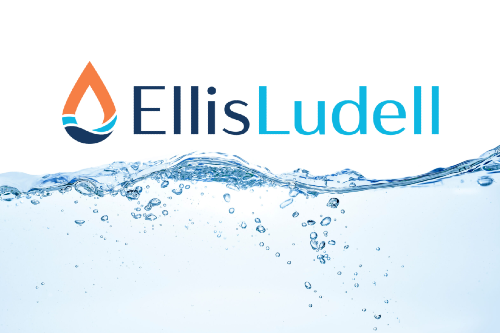Too Much Sludge In Your DAF? (Part 1)
Dissolved Air Flotation Systems are designed to separate solids from the wastewater. Microbubbles attach to the particulates and float to the surface of the DAF to form a sludge blanket. We are often asked how thick should we maintain the surface sludge blanket?
There are a number of factors that contribute to the thickness of the sludge blanket in a DAF. These include:
- The Total Suspended Solids (TSS) concentration in the wastestream influent.
- Some solids have a low density and can stay in suspension.
- Other solids can be coarse and with a higher density and will settle.
- Solids greater that are ¼ inch or larger are no longer classified as suspended solids and need to be removed with prescreening prior to flowing to the DAF.
- Wastewater Treatment Chemicals contribute to the sludge in the wastewater. Examples include metal salts such as Sodium Aluminate, Ferric Chloride, Aluminum Sulfate, Aluminum Chlorohydrate and Ferrous Sulfates. The inorganic coagulants can generate hydroxide sludges which will increase the suspended solids and overall sludge volume.
- Coagulant Aids like Bentonite Clay, Lime, and Calcium Chloride will also contribute to the sludge volume.
Surface Solids
DAF Solids Float to the surface to build a sludge blanket. DAFs have a Surface Skimmer to remove the solids by scraping them into a sludge transfer tank. These solids are then pumped to a sludge storage tank and processed through a sludge dewatering device such as a plate and frame filter press or to a for liquid hauling.
The key for managing surface sludge is to minimize the amount of water that is scraped to the sludge transfer tank and to maximize the solids for optimum sludge dewatering. If too much water is transferred with the sludge to the transfer tank then the sludge cake may be too watery or thin. If there are not enough solids in the filter press a filter cake may not form properly.
If the surface sludge blanket becomes too thick then the surface skimmer may actually push the sludge blanket down and not get a good scraping of the sludge into the transfer trough. The surface skimmer should take a “good bite” out of the sludge blanket. The skimmer pushes the sludge up onto the DAF beach and into the sludge transfer trough.
Skimmers are typically operated on a timer. A starting point for most DAFs is “ON” for one minute and “OFF” for five minutes. The skimmer timer can be adjusted to maintain a surface sludge blanket approximately a four-to-eight-inch depth. The generation of a very thick sludge blanket may require an almost continuous operation of the surface skimmer.
If the DAF will be off for eight hours of more (over night or over the weekend), the skimmer should be turned on manual to operate continuously for a fifteen-minute period to reduce the thickness of the sludge blanket. A very thick sludge blanket may fall to the bottom over night or over the weekend.
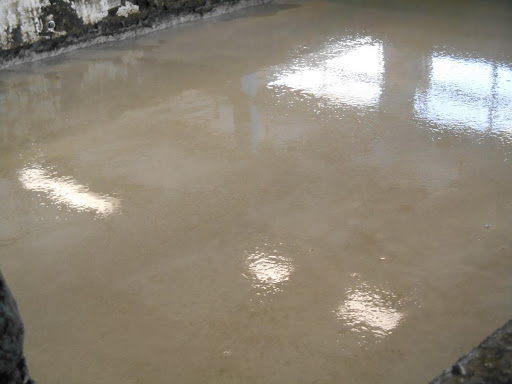
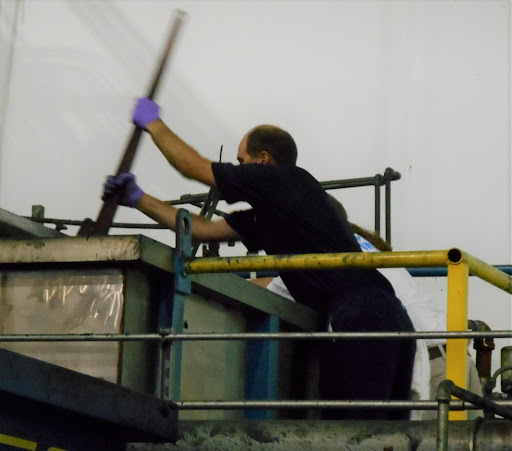
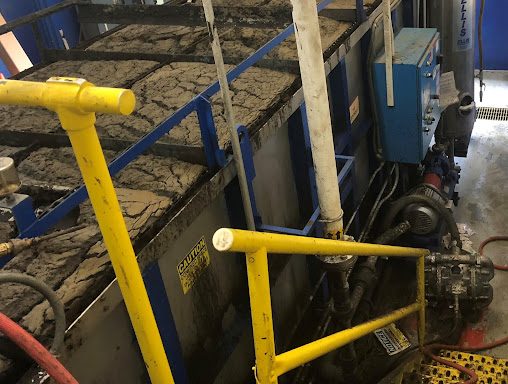
(Photo Left): Industrial User allowed sludge blanket to build up to a very thick level. Surface Skimmers could not operate. The Wastewater Operator and General Manager had to use 48 inch pipe wrenches to manually operate the surface skimmer. When some of the surface sludge was removed the remaining surface sludge blanket was 24 inches thick.
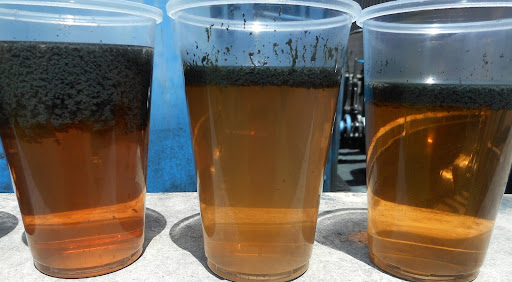
Contact Us
We are here to answer your questions about water treatment, water heaters, and/or laundry equipment. Whether you need to replace existing equipment or engineer a whole new solution, contact EllisLudell for a solution right for you.
Related Blogs
Clean Show 2025 Recap: The Sideloader Leads the Way
Clean Show 2025 proved once again that EllisLudell is a force in industrial laundry. From the moment…
Whisper Dryer: Quiet Power That Speaks Volumes
Some dryers make noise. This one makes results. The EllisLudell Whisper Dryer is not just built for…
Uptime® – Equipment That Knows Exactly What to Do
Some machines run. Others think. Then there is the kind that changes how your team works from…
The Smarter Way to Clean Water Starts Here. Where Water Is Not Just Clean, It Is Competitive.
You do not just need water filtration. You need water control. You need fewer chemicals in your…
This Is What Intelligent Laundry Looks Like. Meet the Sideloader Built to Work
Let’s cut to it. You’re not in this industry for fluff. You need machines that show up,…
Why EllisLudell’s Certified DCWH Sets a Higher Standard
See It First at The Clean Show What you’ll see at booth 2811 at The Clean Show…
The Cost of Cutting Corners in Industrial Laundry: What You Risk with a Non-Certified Water Heater
In industrial laundry operations, cost and lead time often drive equipment decisions. But when your water heating…
Certified Water Heaters Protect Temperature and Product Quality in Food Processing
Food safety is not just a priority. It is a requirement that touches every decision you make…
NSF Certification: A Critical Standard for Food Processors
In the food processing industry, water plays a central but often underappreciated role. It supports sanitation, blending,…
Challenges in Operating Industrial Wastewater Treatment Systems
There are major challenges facing operators of industrial wastewater treatment systems that can affect the major overall…

